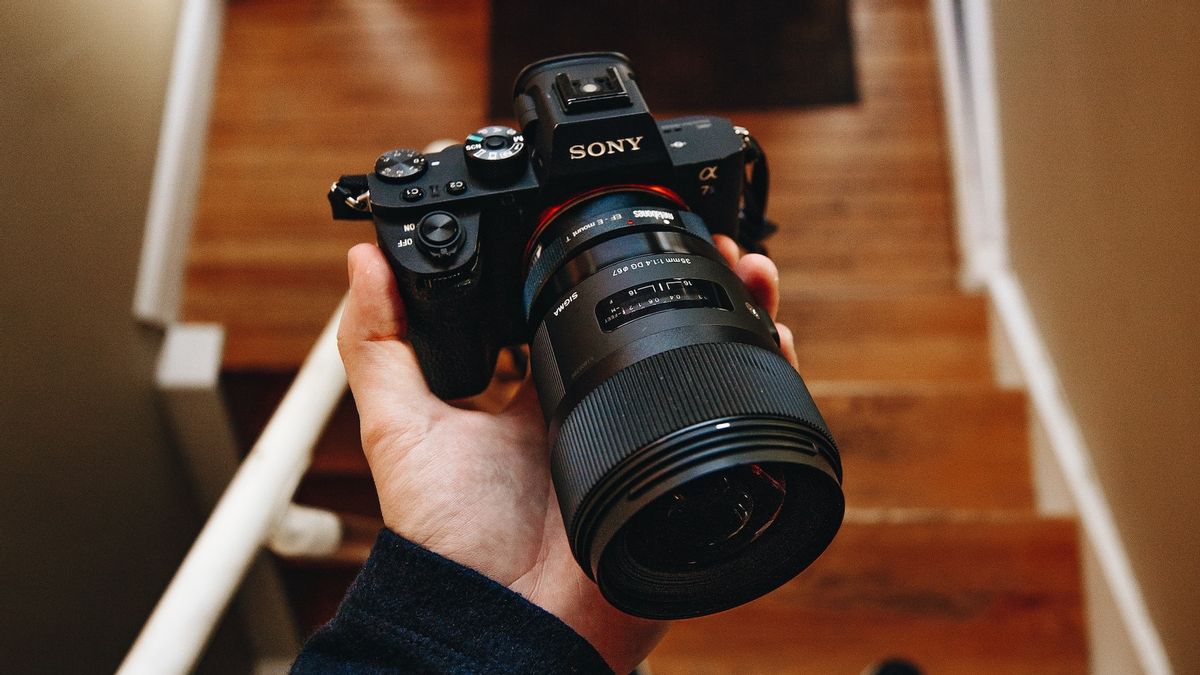JAKARTA - Photographography is a dynamic art, and one of the important aspects in creating outstanding works is the combination between a camera and a lens. For Sony camera users who may have never tried Sigma lenses, this step could be a decisive challenge and decision.
Not a few are looking for Sigma licenses for Sony to look for the best combination for their photography experience. For those of you who are looking for, there is Blibli who provides a variety of Sigma lenses for Sony cameras.
In this article, we will explore some tips that can help you combine a Sony camera with a Sigma lens optimally.
1. Select Competible Mount Lens
The first step before deciding the Sigma lens for the Sony camera is to ensure that Sigma's lens mount matches your Sony camera mount. Some of the Sony cameras use mount E, while others use mount A. Make sure to check the type of mount that suits your camera and select the Sigma lens that supports the mount.
2. Check Electronic Compatibility
While most Sigma lenses are designed to work with a variety of camera brands, it's best to check their electronic compatibility with your Sony camera. Make sure that camera features such as autofocus, aperture control, and other functionals can operate optimally when using the Sigma lens. This can be identified through the technical information provided by the manufacturer or through user reviews that have tried the combination.
3. Consider Your Photographary Needs
Before deciding the type of Sigma lens you want to buy, consider your photography needs. Are you interested in landscape portraits, photography, macro, or action photography? Sigma offers various types of lenses with different features and characteristics. Choose lenses that match your photography style and the types of subjects you often take pictures of.
4. Learn The Quality Of Lens Opticals
One of Sigma's lens advantages is its high optical quality. However, each lens has its own unique characteristics. Before buying, read the user review and technical review of the Sigma lens you are considering. This helps you understand the extent to which lenses can meet your expectations in terms of sharpness, distortion, and other optical performance.
5. Exploration of Focal Length Range
Sigma offers lenses with various focal length ranges, ranging from wide angle lenses to telephotos. Consider the type of photo you want to take and select a lens with the right focal length range. If you often move from landscape photography to portrait, maybe a zoom lens with a wide focal length range is a wise choice.
6. Pay Attention to Image Stabilization
Image stabilization (image stabilization) is a valuable feature, especially when working with long focal length or in low light conditions. Make sure the Sigma lens you choose has an image stabilization feature that can help reduce the effect of hand shaking and improve image sharpness.
7. Lens Test Before Buying
Ideally, before deciding to buy, a Sigma lens test that you consider. Some camera stores provide facilities to test lensing before purchase. Take some photos, focus check, and evaluate the results. This can provide a hands-on picture of lensing performance in actual conditions.
8. Pay attention to the objections
When choosing a lens, also consider the weight or weight of the lens. Especially if you travel frequently or do outdoor photography, a light lens can be a more comfortable choice.
By following these tips, you can make more informational decisions and choose a Sigma lens that fits your Sony camera. The harmony between the two can open the door for wider creative exploration and help you achieve full potential in photography. So, dare yourself to try a new combination and see how Sigma lenses can improve your photography experience with Sony cameras.
The English, Chinese, Japanese, Arabic, and French versions are automatically generated by the AI. So there may still be inaccuracies in translating, please always see Indonesian as our main language. (system supported by DigitalSiber.id)













